Politics
MAGA Split Wide Open. H-1B Visas—A Major Bone of Contention Between Bannon and Musk. But Has Trump Softened His Stand On The Visa Issue? Who Will Win the Round?
Published
9 months agoon
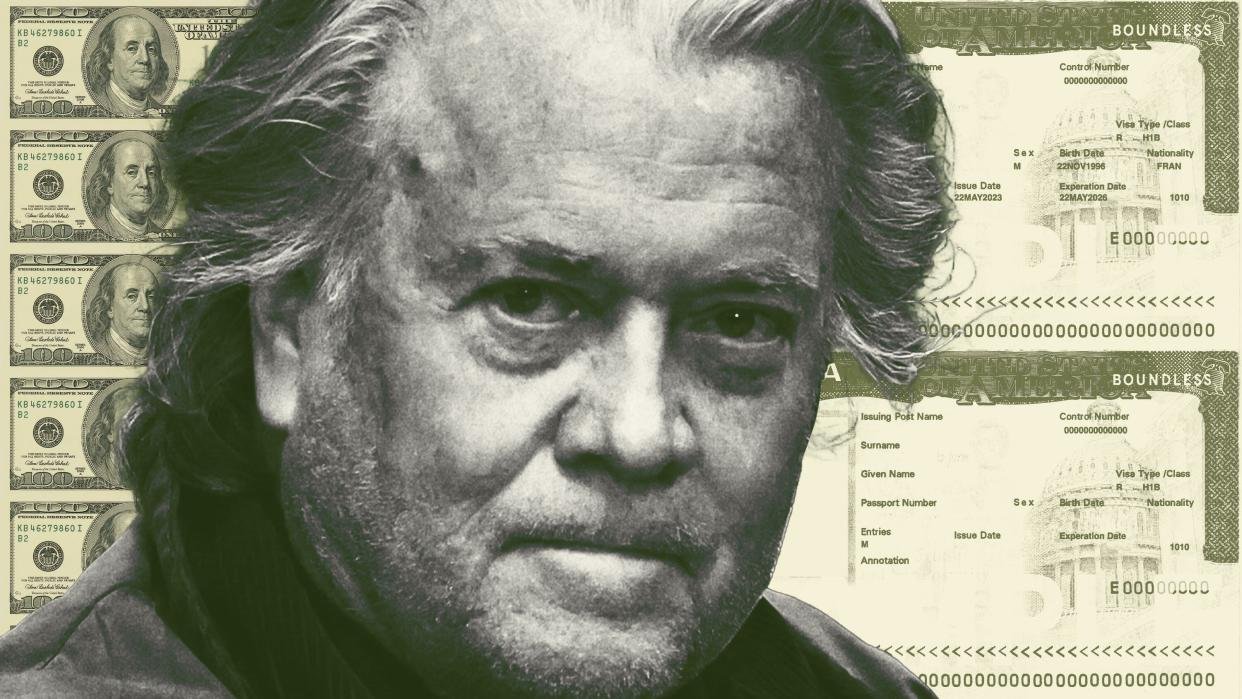
Donald Trump’s MAGA (Make America Great Again) movement, has already sparked waves of division, facing an unexpected rift over a very modern issue: H-1B visas. The clash between Trump’s far-right allies and his tech industry supporters has been brewing, with the controversial visa program—designed to bring highly skilled foreign workers into the U.S.—at the center of it all.
The trouble started with Steve Bannon, former White House adviser and one of the key architects of Trump’s MAGA agenda. Bannon, who has always had a sharp, no-nonsense stance on immigration, came out swinging this week, accusing Elon Musk of attempting to establish “techno-feudalism on a global scale.” Strong words from a man who’s been a major voice for the far-right, but Bannon isn’t the only one questioning the value of the H-1B program.
Musk, alongside entrepreneur Vivek Ramaswamy (another ally of Trump’s), has been advocating for the necessity of H-1B visas, claiming U.S. companies need foreign talent to remain competitive. The H-1B program, after all, allows tech giants to hire highly skilled workers from overseas, often filling roles in industries crucial to American innovation. But as Musk and Ramaswamy pushed their pro-visa agenda, the backlash from the far-right, led by Bannon, was swift and unforgiving.
Shifting Perspectives
In a twist that has shocked many, Musk and Ramaswamy have since softened their position, agreeing that the H-1B program needs reforms. This shift in tone is seen as a direct response to the intense criticism coming from Trump’s more conservative base. But while Musk might be willing to accept some adjustments, Bannon remains adamant about his position: the H-1B program is a “total and complete scam” that, according to him, robs American workers of jobs.
And it’s not just Bannon who’s on the warpath. Trump’s base has been rattled by his recent appointments, particularly the hiring of Sriram Krishnan, an Indian-American venture capitalist, as an adviser on artificial intelligence. The appointment, which was seen as a move to position the U.S. as a leader in AI, sparked outrage among Trump’s more nationalistic supporters. Anti-Indian sentiments and criticisms of Krishnan’s views on immigration further fueled the fire.
The tension reached its peak when Trump himself weighed in on the H-1B issue. In a rare moment of backing his tech ally, Trump sided with Musk, declaring himself a “believer” in the H-1B program after using it in his own businesses. Trump’s support for Musk seemed to push the divide even further—an unexpected alignment of the president-elect with the tech elite over his more hardline, anti-immigrant base.
While, Musk and entrepreneur Vivek Ramaswamy, both of whom argue that it’s crucial for American businesses to remain competitive in a global economy, Musk, a naturalized U.S. citizen who has personally benefited from the program, defends its importance for industries like Tesla and SpaceX.
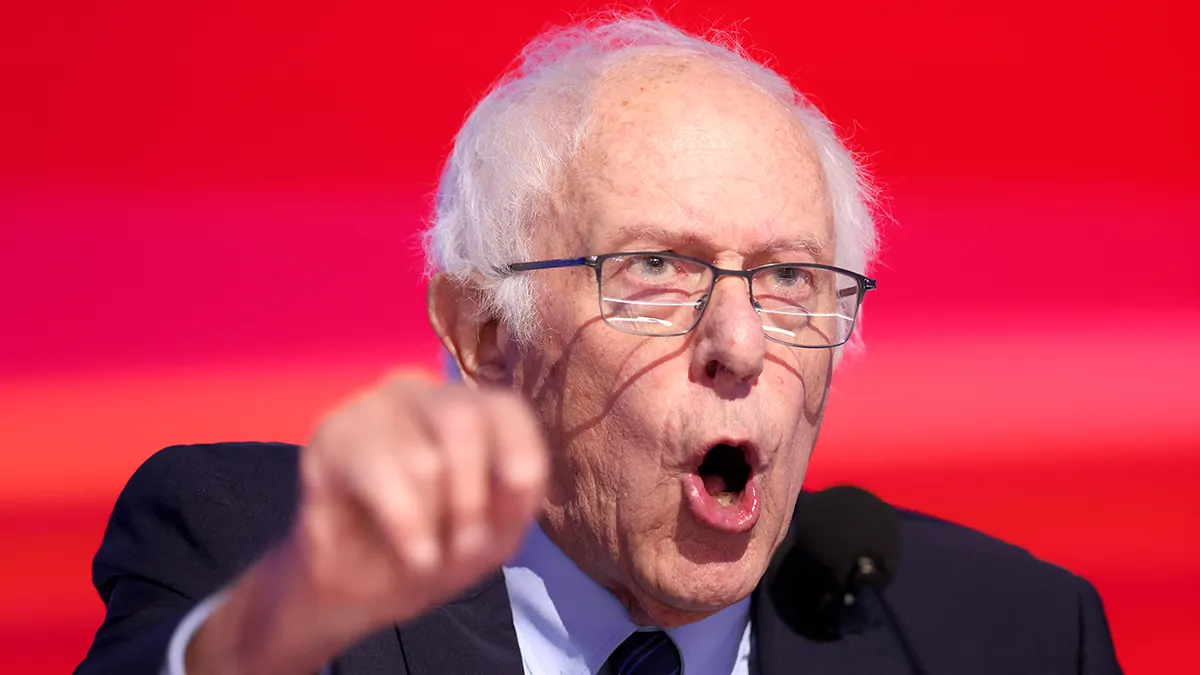
Others Join In
The rift has even caught the attention of Bernie Sanders, who, in a lengthy critique, argued that the H-1B program primarily serves to replace good-paying American jobs with lower-wage foreign workers. Sanders’ critique aligns with Bannon’s view that the program enriches billionaires at the expense of local workers.
All this even as Trump has expressed support for the program, citing his own use of H-1B visas in his businesses, the pressure from his far-right supporters, including Bannon, to eliminate or drastically reform the program remains intense.
This split is further complicated by the role of big tech companies, such as Amazon, Microsoft, and Meta Platforms, which are among the largest beneficiaries of the H-1B program. With over half a million people currently authorized to work in the U.S. under these visas, and 85,000 new visas granted annually, the bets are high for both the tech industry and American workers.
However, critics of the program, including Daniel Costa from the Economic Policy Institute (EPI), argue that the system is being abused, allowing companies to hire foreign workers at lower wages and bypass U.S. labor standards. While Costa supports reform rather than elimination, he emphasizes that the current system fails to protect American workers.
Trump’s Stand
With Trump caught in the middle, immigration remains a hot-button issue, but it’s not always as straightforward as his MAGA base might like to think.
Larry Sabato, director of the Center for Politics at the University of Virginia, points out the complexity of this issue within the MAGA movement. “His MAGA base is against immigration, but they don’t define it further,” Sabato explains. On H-1B visas, the interests of Trump’s far-right supporters, like Steve Bannon and Stephen Miller, clash with those of influential tech figures like Elon Musk, who argue that the program is essential for U.S. competitiveness.
Sabato suggests that Trump will ultimately need to find a compromise that satisfies both his base and the wealthy business figures who support him. “Trump cannot afford to alienate his base. He cannot afford to alienate the richest man on earth, and all of his allies,” Sabato said. This balancing act could shape much of Trump’s approach to immigration policy moving forward.
On the other side, some Democrats see this divide as an opportunity. Veteran strategist James Carville has suggested that the party should seize on the economic angle of immigration, framing the issue as one of bringing high-performing talent to the U.S. and driving business growth. This strategy could put pressure on the GOP to support bipartisan immigration reform, particularly in the tech sector.
H-1B visas are only the first battleground in the larger struggle for Trump’s political and economic future. Sabato points out that other issues, like tax cuts and job creation, will also spark fierce debates within Trump’s coalition. Trump’s tax cuts, which provided significant benefits to big business and wealthy Americans, are likely to be a source of tension between his working-class supporters and the elite he needs for his economic agenda.
What Happened In Early Presidency
Looking back, Trump has had a complicated relationship with the H-1B program. In 2016, he called it “very, very bad” for American workers. Later, in 2020, he imposed a temporary ban on the visas, though it was later struck down by a federal court. Despite his past criticisms, Musk’s backing of Trump and the financial support he provided during the campaign have earned him some political leverage.
However, Trump has pushed back against the idea that Musk holds too much influence over his administration, emphasizing that the billionaire is not “taking the presidency.” As Trump moves forward with his plans, experts suggest that he will need to carefully manage his relationships with both Silicon Valley and his MAGA base, ensuring that he doesn’t lose support from either group.

H-1B Visa. The Tech Sector’s Lifeline, But Controversial – Which Companies Benefit Most?
The H-1B visa program, the largest temporary work visa initiative in the U.S., has long been a central point of debate in the ongoing conversation about immigration. Jeanne Batalova, a senior policy analyst at the Migration Policy Institute, notes that the program allows U.S. employers to sponsor foreign workers for specialized occupations, such as in information technology, medicine, and publishing.
Each fiscal year, the program is capped at 65,000 new visas, allocated via a lottery system when applications exceed this number. The worker must hold at least a bachelor’s degree and be employed in a job that requires such qualifications. The visa is granted for three years, extendable to six.
The companies that benefit most from the H-1B program are predominantly in the tech sector, with U.S. and Indian companies taking the lion’s share. Among the top beneficiaries in 2024 are Amazon, Cognizant, IBM, Microsoft, Google, and Meta, with Indian tech giants Infosys, TCS, and HCL also ranking highly. French consulting firm Capgemini also made the list.
However, the most significant new player in 2024 is Elon Musk’s Tesla, which won 742 new H-1B visas through the lottery, more than doubling its 2023 figure of 328. Tesla also had over 1,000 existing H-1B visas extended, cementing its place among the top beneficiaries of the program.
The H-1B program is not without its critics, even beyond MAGA advocates. Ronil Hira, an associate professor at Howard University, argues that the program needs significant reform. He points out flaws in the selection process, where the eligibility standards are too low, leading to an overwhelming number of applicants, and the reliance on a lottery rather than a more rational, criteria-based approach.
Immigration, particularly the H-1B visa issue has been amplified by the discontent surrounding how immigration was handled post-COVID-19, as well as the growing concerns about economic security, especially in the context of competition with China.
Despite these divisions, major tech companies and business groups continue to lobby for expanding the H-1B program, arguing that it is crucial for maintaining America’s edge in innovation. However, recent layoffs in the tech sector, combined with reports of H-1B workers replacing U.S. employees, have fueled criticism of the program.
Who Benefits and What’s at Stake for India and the US?
Around 70 percent of H-1B visa recipients are from India, with an additional 10 percent coming from China. These workers, often highly skilled professionals, have become an integral part of the U.S. tech industry, contributing significantly to the country’s economy. However, the debate surrounding the program has led to some tech companies withdrawing job offers to Indian workers.
India’s Ministry of External Affairs has countered these concerns, emphasizing the mutual benefits of the H-1B program. Randhir Jaiswal, a spokesperson for the Indian government, stated the economic ties between India and the U.S., noting that both countries leverage their respective strengths, with Indian professionals providing critical technical expertise to American companies. “We look forward to further deepening India-US economic ties, which are to our mutual benefit,” Jaiswal said in a January 3 news conference.
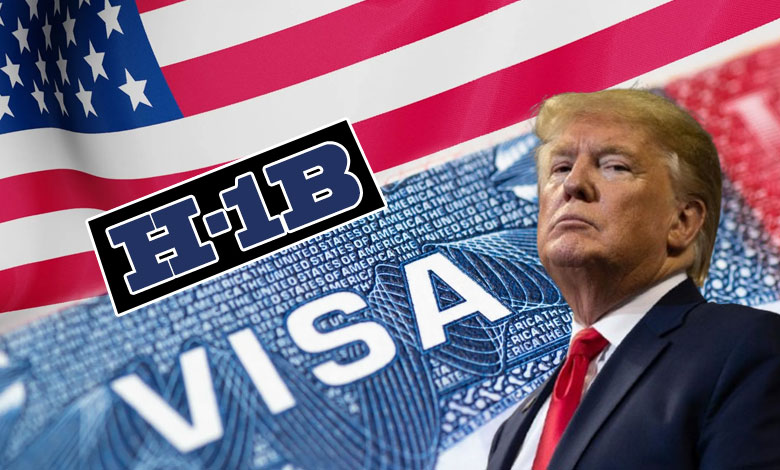
Trump’s Evolving Stance on Immigration
During his campaign, Donald Trump was known for his hardline immigration policies, including threats to deport undocumented immigrants and tighten border security. He even suggested ending birthright citizenship, a policy that has been in place for over 150 years, which guarantees citizenship to anyone born on U.S. soil.
However, in a shift during his presidency, Trump expressed a willingness to work with Democrats on certain immigration issues, including the protection of “Dreamers”—undocumented individuals who arrived in the U.S. as children and have lived there for most of their lives.
As for the future of the H-1B visa program under Trump’s second term, experts remain uncertain.
Ronil Hira, an associate professor at Howard University, pointed out that despite Trump’s campaign promises to reform the H-1B program, he did nothing in his first term. Hira noted that Republicans now control both the House and Senate, as well as the White House, giving them the power to change the program. However, he cautioned that internal political dynamics will likely dictate whether any meaningful reform occurs or if the status quo remains.
The Last Bit
This bitter feud between Bannon and Musk has laid bare the fragility of the MAGA coalition, the deep divisions between Trump’s economic populists and his tech-friendly backers. While Trump has clearly chosen his side in the battle, the fight is far from over.
Bannon’s call for the complete elimination of the H-1B program still has the power to resonate with a significant portion of Trump’s supporters, while Musk is digging in his heels, prepared to “go to war” to defend the program he believes is essential for the country’s tech future.
So, who will win this round? It’s too early to tell. Trump’s political savvy will likely be tested as he tries to maintain his delicate balance between supporting American workers and placating the tech titans who are crucial to his vision of economic growth.
Still, one thing is certain – this internal MAGA split is only just beginning, and it’s going to get even more interesting from here.
You may like
-
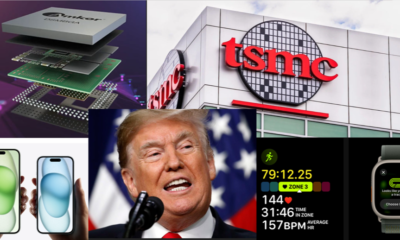

Taiwan’s ‘Historic’ TSMC Deal, A Win Or The End Of Its ‘Silicon Shield’ As China Threatens? A Jittery Taiwan Watches Trump’s Moves On Ukraine, Wondering, Could We Be Next?
-


America And China’s Thirst For Gold In 2025 Is Draining Other Countries’ Reserves; Here’s Why?
-
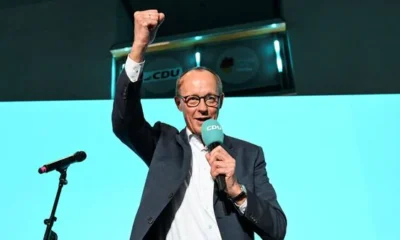

Germany’s Friedrich Merz’s Big Balancing Act—Trump, Borders & Europe’s Future. Can He Deliver?
-
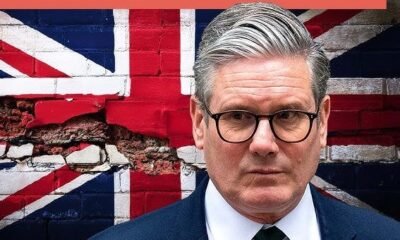

United Kingdom To Unleash Its ‘Harshest’ Sanctions On Russia Yet—But Will They Bite? How Trouble Is Brewing For Keir Starmer At Home. Shamed For Volunteering British Troops In Ukraine
-
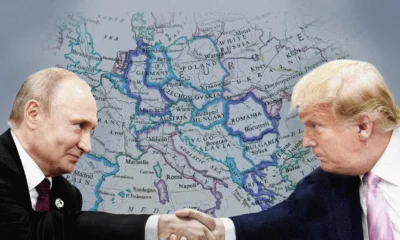

How It’s Not Trump But Vladimir Putin That Europe Is Stinging From: Trump’s U-Turn On Europe, Russia’s Strong Supply Chain—A Formidable Opponent!
-


Is Ukraine Now Stuck In The US-Russia Ecosystem? Could Zelensky Have Made A Deal To Stop The War, Is Trump Right?
